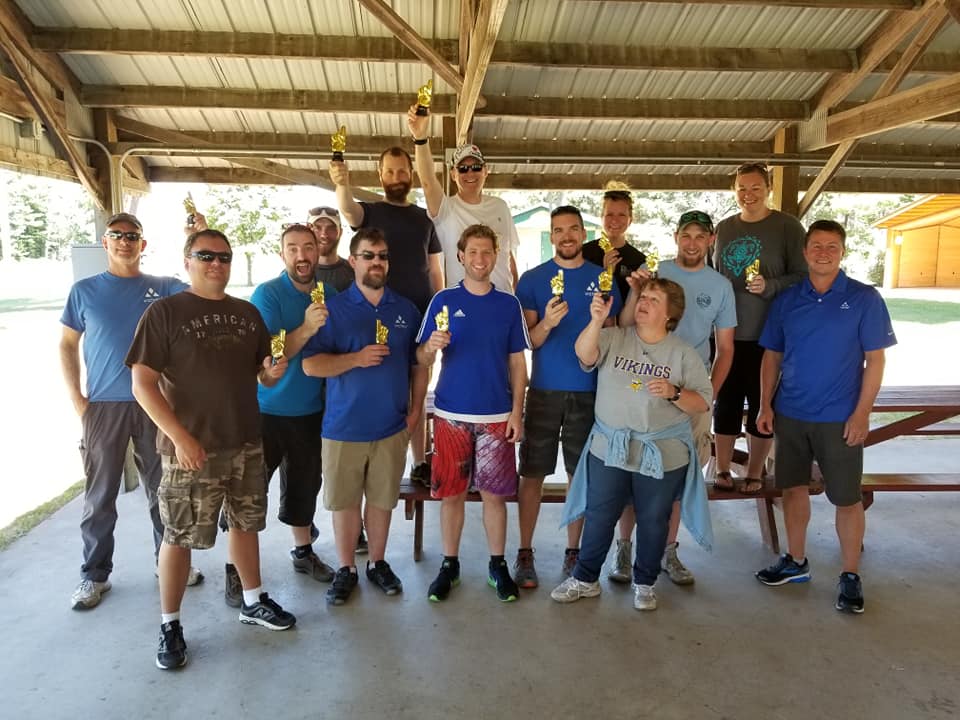Work-life balance is a concept that supports the efforts of employees to split their time and energy between work and the other essential aspects of their lives. Family, friends, education, spirituality, personal growth, and other private pursuits typically fall into this category.
Juggling it all can be challenging because the pressures of life often pull employees too far in one direction or another. A lack of flexibility may also result in various negative consequences, including stress, lack of motivation, loss of productivity, and health issues.
In this article, we’ll explore what employers can do to better support their employees’ work-life balance and help them maintain a healthy lifestyle.
Why Companies Should Support Work-Life Balance
The modern workplace is no longer restricted to a physical location. Technology has made it possible to work from anywhere, blurring the lines between the workplace and home.
This new reality has made it difficult for teams to separate their professional and personal lives, causing unnecessary stress and anxiety. According to a recent survey, 60% of Americans report having an unhealthy work-life balance.
When work-life balance is out of sync, employees have a harder time achieving goals which may lead to feelings of being overwhelmed and burnout. In fact, more than 50% of employees say that they are experiencing the effects of burnout while working from home.
By allowing flexible working hours, remote working options, and telecommuting, employers can support work-life balance, thus increasing productivity and decreasing costs.
Benefits of Work-Life Balance for Employees
- Increased job satisfaction: When companies support work-life balance, employees are less likely to experience burnout and other problems that can impact performance and productivity. Employees who nurture a healthy work-life balance have enough mental and emotional capacity to enjoy both their job and private lives.
- Improved engagement: Engaged employees feel more satisfied with their overall work experience. When employees are focused on projects and not the stress of work, they can better refine their skills, work more efficiently, and network more effectively.
- Greater commitment to work: Team members who are supported in their efforts to achieve work-life balance are more likely to meet goals. They’re also more committed to their jobs, which drives greater performance in the workplace and increases their chance of getting promoted.
- Better health and well-being: When employees are able to balance work and life responsibilities, they tend to feel happier, healthier, and more fulfilled. General wellness and low stress levels have significant lifelong health and longevity benefits.
Benefits of Work-Life Balance for Employers
- Reduced turnover: Teams whose employers support work-life balance are more likely to want to remain with that company in the long run. Staying at a job long-term allows your team members to gain substantial experience in their field, helping them further their career goals within the company.
- Reduces hiring expenses: The cost of training new hires and adjusting staffing levels after a large turnover can be high. A study by Employee Benefit News estimates that it costs 33% of an employee’s salary to replace them. This means less money spent on training staff, but it also means having experienced workers who know the ins and outs of your business.
- Fewer sick days: A highly stressful work environment may cause employees to call in sick to work more than usual — whether this is short-term sick leave or prolonged absences. Employees who are satisfied with their personal lives are happier and more content, thereby reducing absenteeism and associated costs.
- Retain top talent: By creating a culture of work-life balance, companies are better able to attract and retain top-notch talent. Many job seekers are looking for a company that offers balance and support employees with wellbeing initiatives, especially new Gen Z hires. Building a company that makes employees want to stick around helps you retain the best of the best.
Programs and Activities That Support Work-Life Balance
Introducing programs and activities that support work-life balance can have a huge impact on the overall company culture. Making a few policy changes and introducing regular activities that focus on well-being and relationship building can set the stage for a supportive work environment.
Flexible Working Arrangements
Flexible working arrangements can be part of employers’ successful work-life balance initiatives.
Workers might adjust their schedules to spend more time with children or aging parents. Letting team members choose their own hours helps them fit work into life instead of fitting life into work.
Compressed workweeks are gaining traction across all industries. They allow your team to step out of the average Monday-Friday grind, freeing up a weekday to manage their day-to-day responsibilities and not detract from their weekend.
Allowing remote work options is a favorite option for many workers. According to a Flexjobs study, 44% of people know someone who has quit or is planning to quit if required to work at the office. Focusing on building a remote-first workplace can support team members who prefer this option.
Childcare Solutions
If you have staff who are parents, then on-site childcare solutions can be a real benefit. Many parents of young children have to worry about finding childcare in a variety of situations. Babysitter is sick or needs days off? They have to call in sick too.
On-site daycares can help alleviate these concerns and give parents peace of mind in knowing that their kids are close by and in safe hands.
If this isn’t a full-time option for your workplace, providing temporary child care through summer break and other inclusive holiday seasons can help alleviate the stress of finding short-term childcare options.
Leave of Absence Policies
Paid time off, vacation time, and sick leave are standard benefits for most employees. When team members exhaust their paid time off due to sickness or stress, they run out of options for life’s bigger challenges.
However, long-term leave of absence policies can provide the support employees need to take care of personal or family responsibilities. Implementing policies for educational leave, parental leave, or sabbaticals can give team members options to take a break when needed.
Viewing life challenges and vacation time as separate issues let your team know that you respect their time for rest as well as understand that sometimes they just need time off for external circumstances.
Team Building
The goal of team building and work-life balance workshops is to enable employees at your company to do their best work. Sometimes that is as simple as taking a break from computers and focusing on relationship building in a relaxed atmosphere.
Considering your team’s most pressing challenges is essential when it comes to team-building events. Here are a few example activities from TeamBonding that can help your team fine-tune their collaboration skills and team dynamics.
- Catapult to Success is all about building a stronger team that is capable of overcoming obstacles effectively. Designed for both indoor and outdoor settings, this event involves constructing a real catapult system and using it to fling stuff into the air. The team that builds the most accurate and sophisticated catapult system will be crowned the winner.
- Essential Pieces is a great way to unwind and have a relaxing work afternoon. This puzzle activity is a collaborative effort and shows how each team member plays an essential role. Each breakout group assembles a portion of a larger puzzle, and all groups come together to piece together the finished product.
Learn More About How Team Building Can Help
Work-life balance is no easy task in today’s fast-paced, competitive world, but there are some simple steps you can take to increase the happiness of your team and keep them motivated.
Focus on becoming a team that supports work-life balance, keep your team engaged and relaxed through TeamBonding activities and start seeing the positive impact on your company.















